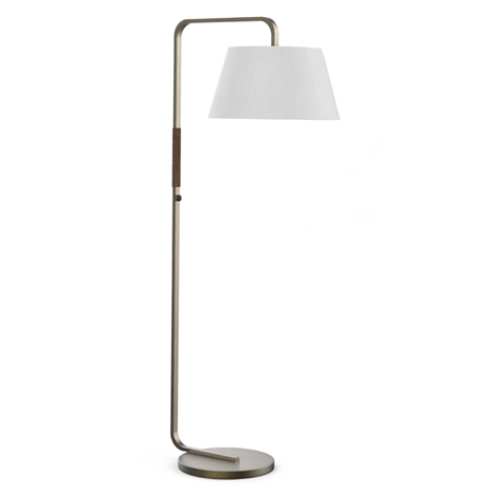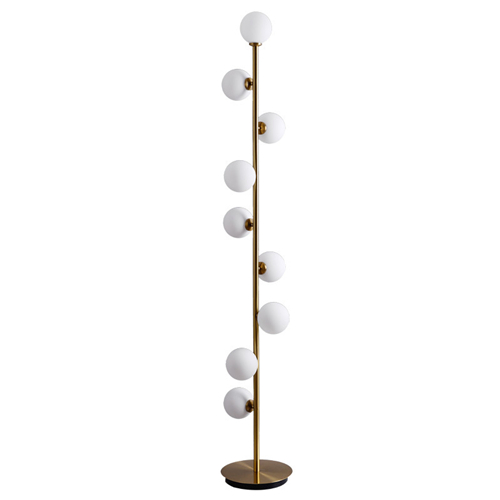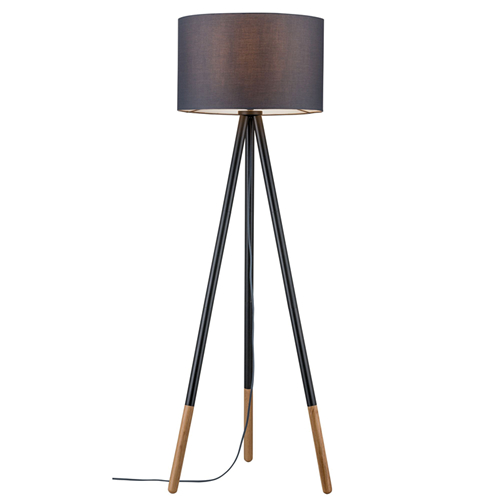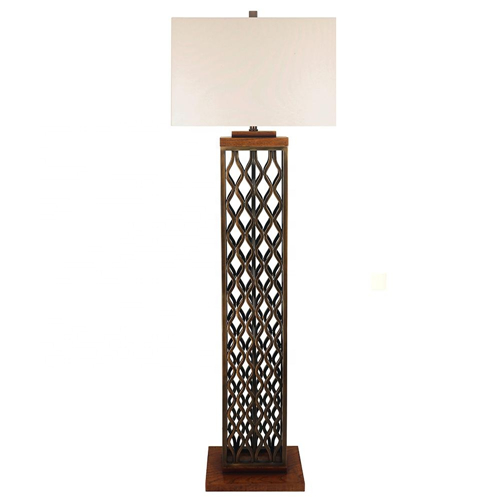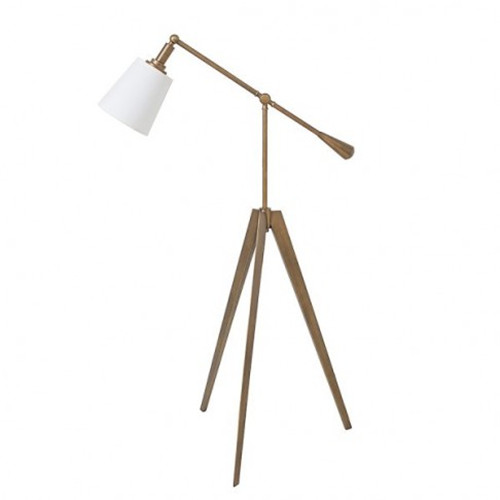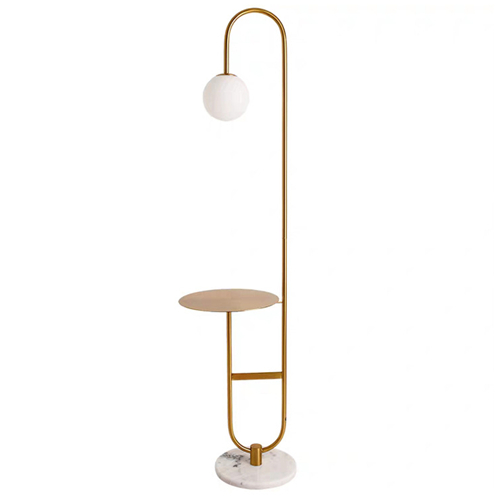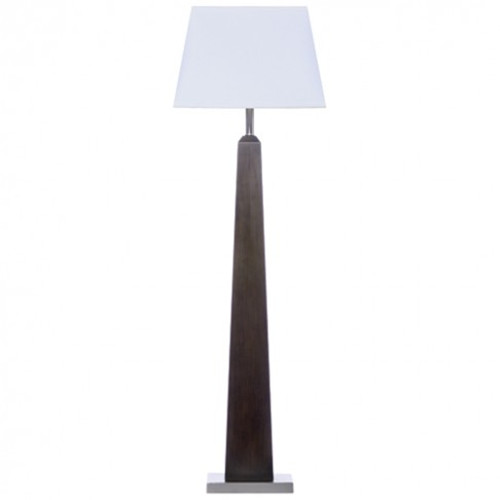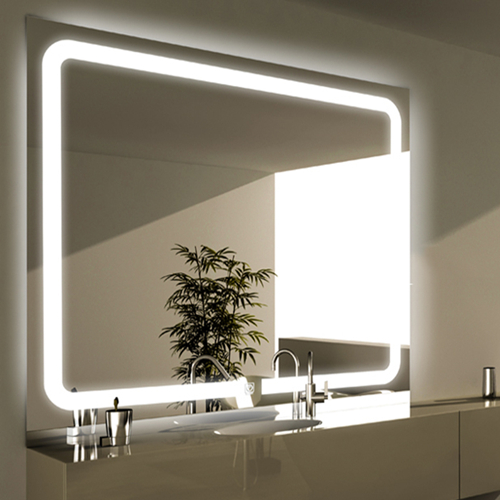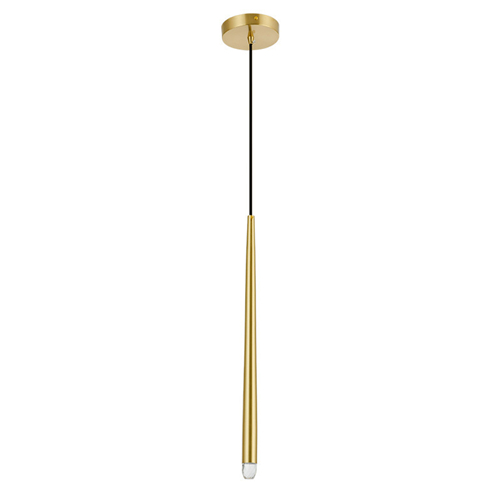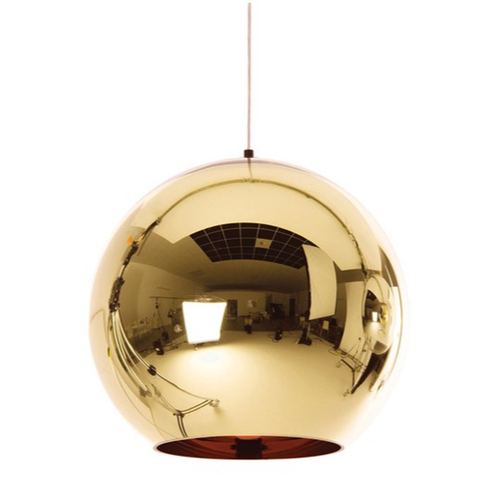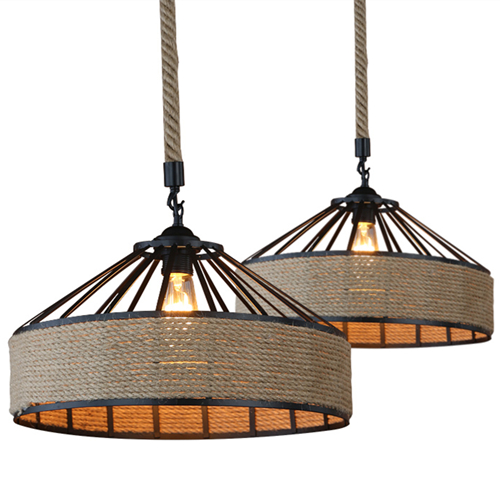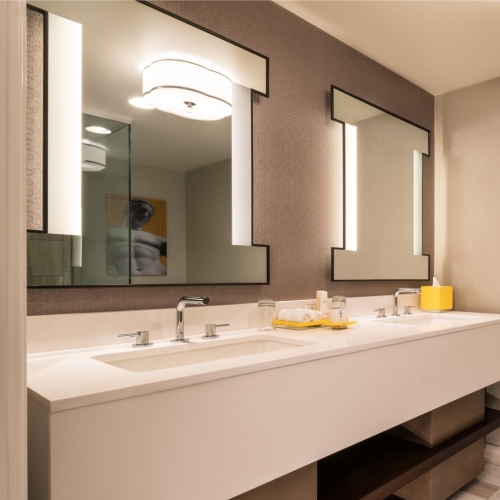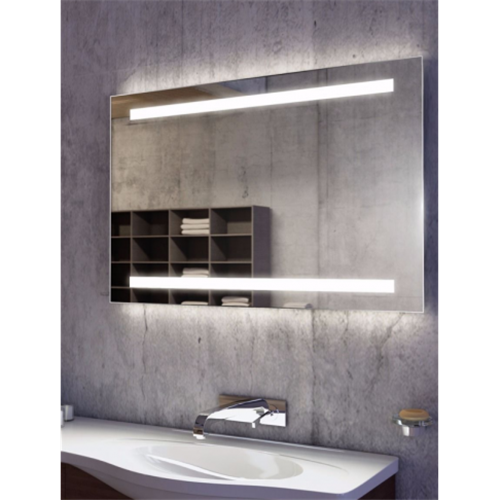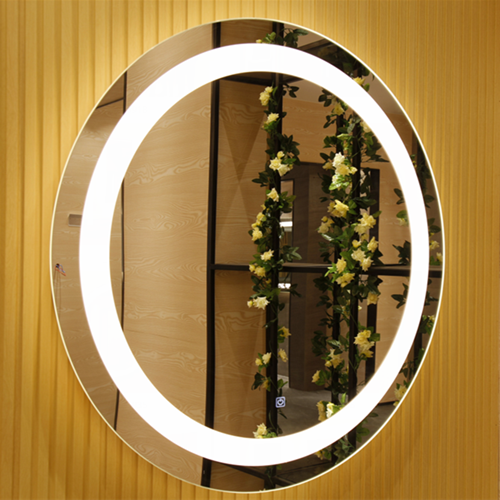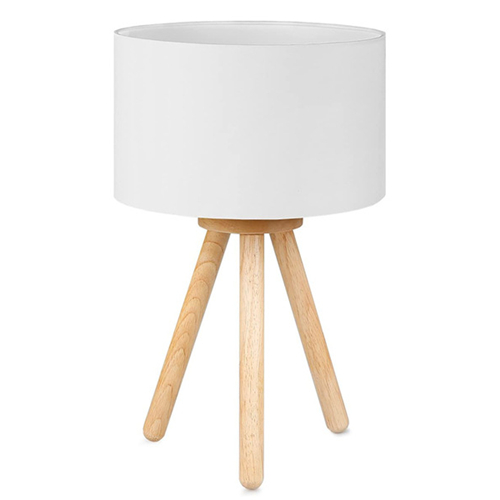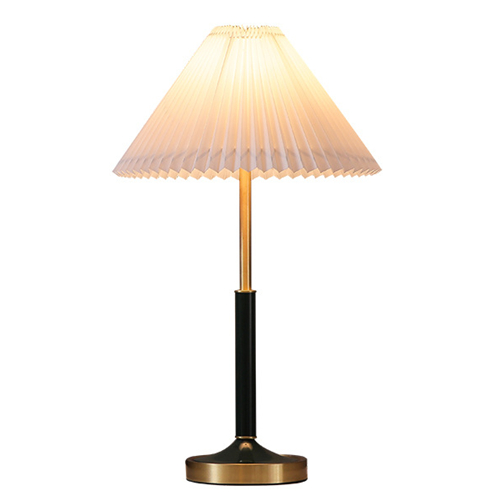Where To Put A Floor Lamp In Bedroom
Floor lamps are a great way to provide some extra lighting in the bedroom. There are many different types that work well, we've found some great examples.
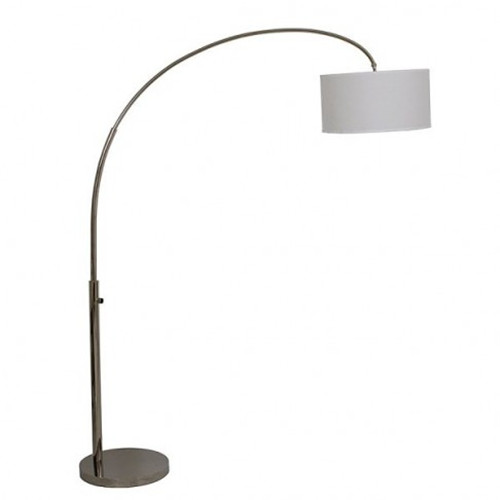 |
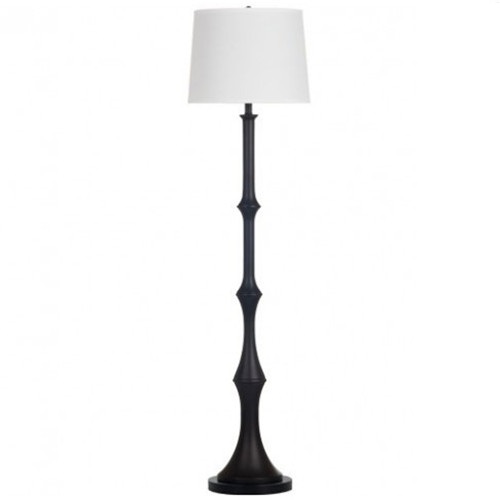 |
1. Use A Floor Lamp Next To A Chair
If you have a bedroom large enough to have a small seating area, this is a perfect spot to use a floor lamp. This large arching floor lamp is tall enough not to bump your head on but hangs in such a way to put a spotlight on the chair. This is great for reading or anything else where you may need some extra light. At night, when the curtains are closed, this floor lamp will come in extra handy.
2. A Floor Lamp On One Side, A Table Lamp On The Other
If you don't need two nightstands, one option is to put the table on one side and a standing floor lamp on the other. This beautiful black wood standing lamp is idea for the space, featuring a spindle column and a tapered white linen shade. The neutral colors of the lamp and shade make it an easy addition to your existing decor, and adds a touch of elegant, timeless style. Being a slim design, this simple wooden floor lamp won't take much space.
 |
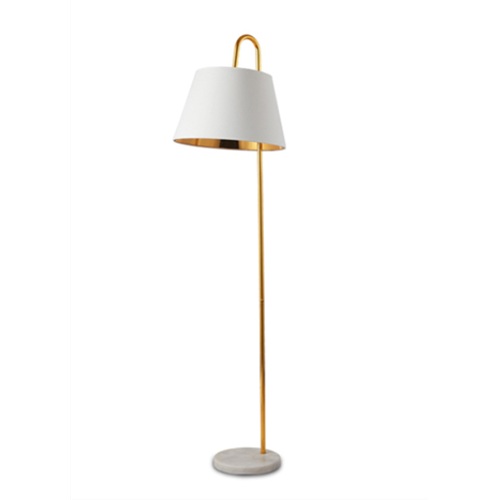 |
3. Use A Floor Lamp Next To Your Dressers
If you need light near your dresser but don't want to take up space on top of it with a table lamp, consider a floor lamp. Here modern wood tripod floor lamp is used next to the dresser, the three-pronged (or more) bases create a weighted gravity that keeps the lamp very stable. A white fabric drum shade completes the look. It accommodates three bulbs (not included) to provide bright and cozy illumination.
4. Use A Floor Lamp To Light A Dark Corner
If your bedroom has a dark corner away from the window, a floor lamp is an excellent solution for brightening things up. Because overhead fixtures don't always reach an entire room. And because not all rooms have abundant windows. Sometimes we need extra lighting. In the case of this room, they've chosen to use this modern white marble floor lamp in the far corner away from the medium-sized window. This will provide any extra light that's needed in the space.
Sunwin Lighting is one of the professional China floor light suppliers, mainly provides custom production to the hotel projects, send us your project details to get an accurate quote at sales@sunwinhotellighting.com.

